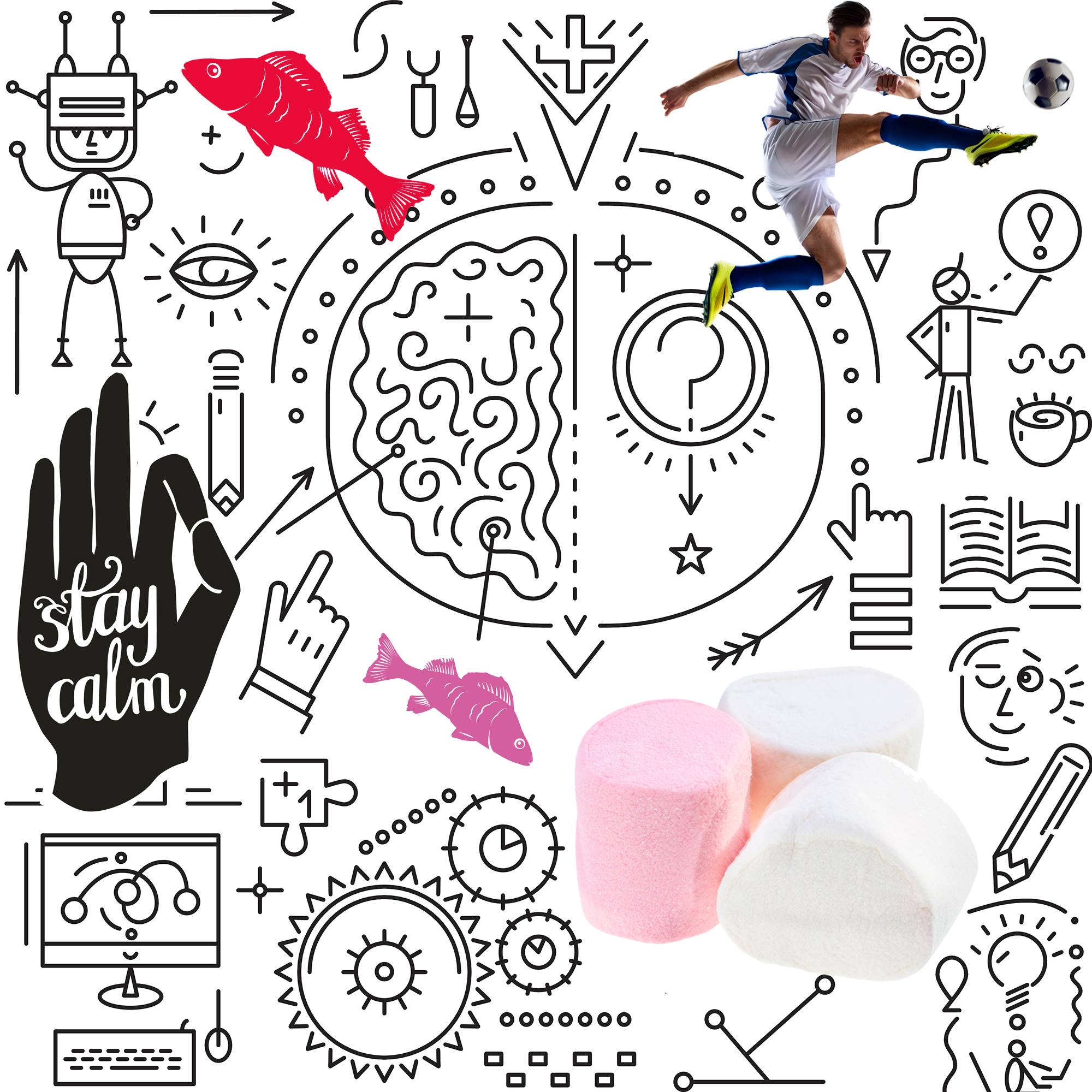Archives
- Home
- Event Page 52

Tax-Free Bonds
Today we pick through a few tax-free bond offerings that finance education community construction with a eye toward reducing construction cost and life-cycle maintenance through building codes and standards. Use the login credentials at the upper right of our home page.
Mortuary Science
It’s never too late.
Start. pic.twitter.com/PQ1VyAaj2Q
— Bernie 💙 Author | Speaker (@_WhatMakesAMan_) October 28, 2024
Anatomical Donation
A busy life is not a symbol of status. It’s a symptom of trying to do too much for too many people.
A full calendar brings a surplus of stress and a shortage of energy. Reflecting and relaxing should be top priorities.
Unscheduled time isn’t wasted. It’s invested in well-being. pic.twitter.com/u29z25DXBa
— Adam Grant (@AdamMGrant) April 28, 2023
Energy 300
“The City” 1952 | Edward Bawden https://t.co/An3zzyTSvdhttps://t.co/V0nw80umD4 pic.twitter.com/zm0yvDAdnl
— Standards Michigan (@StandardsMich) November 29, 2023
Review of all consensus, consortia and open source codes, standards and regulations regarding energy production and conservation relevant to the education facility industry.
Faculty and staff in the education industry in all nations provide basic research, application research in energy technologies. The “cities-within-cities” we call the #SmartCampus” also provide crucibles for new testing new technologies as well as provide energy load for utilities operating under all ownership regimes.
Send bella@standardsmichigan.com an email for an advance agenda.
Power & Telecommunication Reliability
This content is accessible to paid subscribers. To view it please enter your password below or send mike@standardsmichigan.com a request for subscription details.
Intellectual Property
Innovation – Standardization – Commoditization run along a continuum. Today we unpack some of the ideas that hasten (and prohibit) leading practice discovery; how quickly goods and services become a “human right”; why all of this is relevant to education communities and why some believe that commoditization is a myth.
From the Wikipedia
In business literature, commoditization is defined as the process by which goods that have economic value and are distinguishable in terms of attributes (uniqueness or brand) end up becoming simple commodities in the eyes of the market or consumers. It is the movement of a market from differentiated to undifferentiated price competition and from monopolistic competition to perfect competition. Hence, the key effect of commoditization is that the pricing power of the manufacturer or brand owner is weakened: when products become more similar from a buyer’s point of view, they will tend to buy the cheapest.
Why High-Tech Commoditization Is Accelerating https://t.co/QzTPARLtnp via @mitsmr @IEEECampus @IEEESA
— Standards Michigan (@StandardsMich) October 20, 2020
New update alert! The 2022 update to the Trademark Assignment Dataset is now available online. Find 1.29 million trademark assignments, involving 2.28 million unique trademark properties issued by the USPTO between March 1952 and January 2023: https://t.co/njrDAbSpwB pic.twitter.com/GkAXrHoQ9T
— USPTO (@uspto) July 13, 2023
Standards Michigan Group, LLC
2723 South State Street | Suite 150
Ann Arbor, MI 48104 USA
888-746-3670














